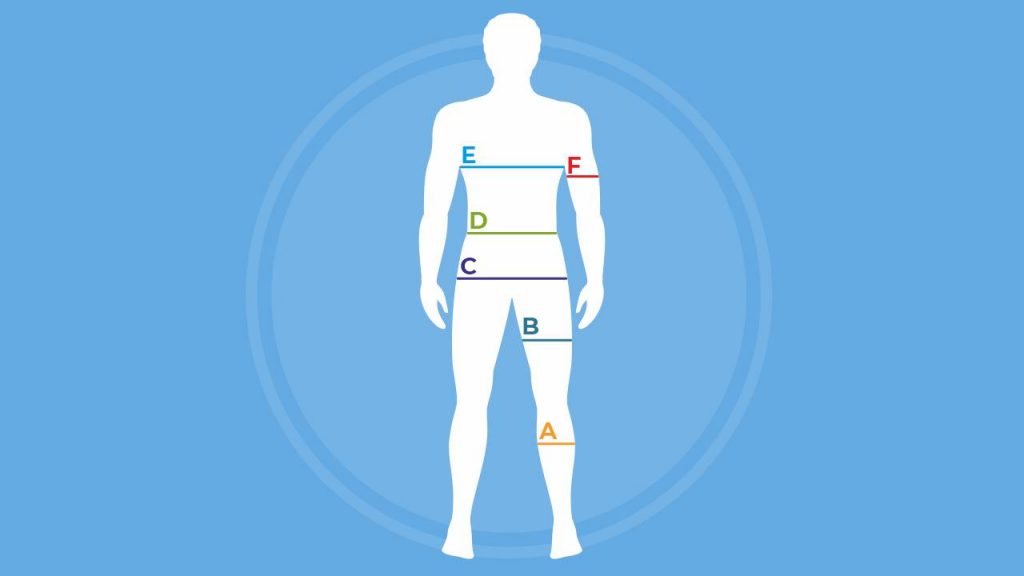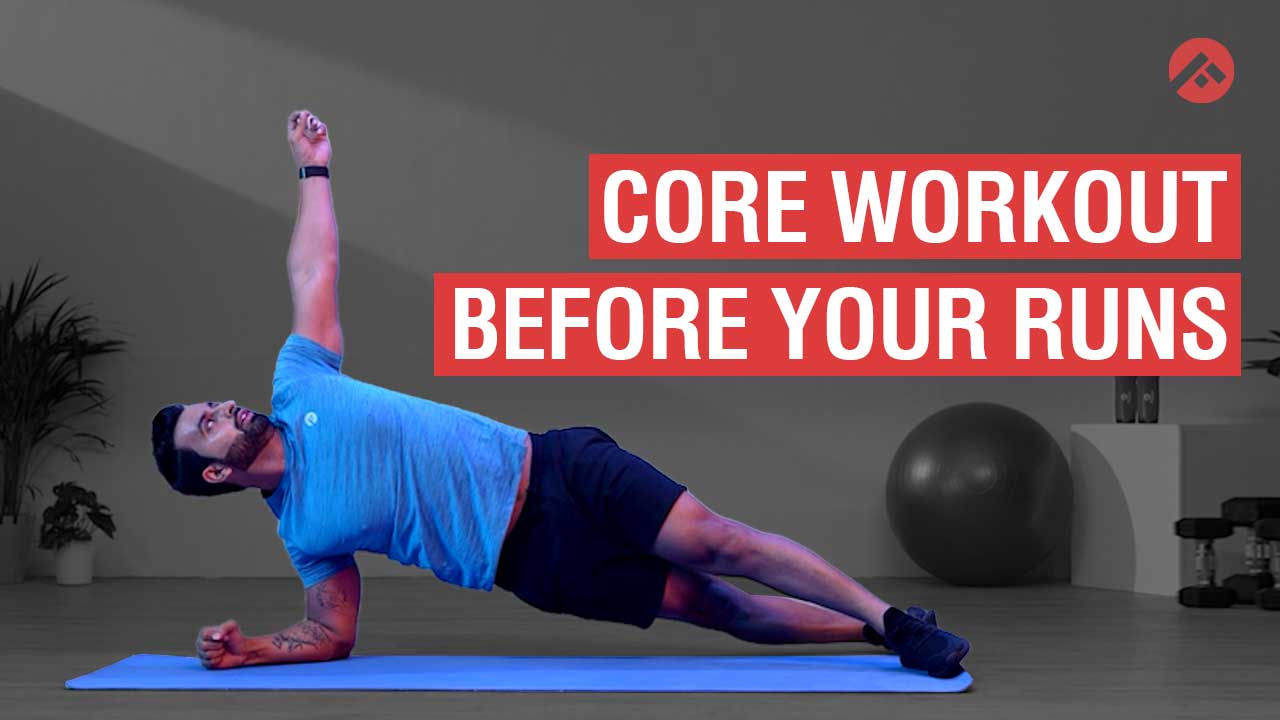
What Is Stopping You From Losing Weight?

Weight loss is one of the primary motivations for people to modify their diets. In 2019, the weight loss and weight management diet market size worldwide was a staggering 192.2 billion USD. And yet, it is estimated that between 80% to 95% of those who partake in diets fail to achieve their weight loss goals.
With the failure rate so high, it’s worth our while to look at some of the many factors, which prevent individuals from losing weight. Let’s check out five such factors.
Not performing strength training
The primary modality that most individuals focus on when trying to lose weight is cardiovascular exercise. Cardiovascular exercise is important not just for weight loss, but also for general health. Therefore, cardiovascular training should be a part of any exercise program.
However, it should not be the sole medium in an exercise program. Strength training is often left out of programs by those focusing on weight loss. This is a significant mistake as there are two large benefits of strength training that affect weight loss.
1. After performing an intense strength training session, your metabolism may stay elevated for up to 24 hours. This is called Excess Post-Exercise Oxygen Consumption (EPOC). This phenomenon is also frequently called the “after-burn” effect. You get a boost in your metabolism for a period of time after an intense strength training session. This is largely due to the body’s increased utilization of oxygen to repair damaged muscle fibers post-strength training. As such, strength training generally elicits a greater EPOC response in comparison to cardiovascular exercise.
2. Strength training also increases your overall metabolism, and not just after a session. This is because strength training builds muscle, which in turn increases the amount of calories that one burns at rest. This is called resting metabolic rate.
So, strength training positively influences both your short and long-term metabolism.
Focusing only on the scale
All too often, the success or lack thereof of one’s weight loss program is solely judged based on what the weighing scale says. This is a myopic and incorrect lens to view weight loss through. Know that weight loss and fat loss are not necessarily the same thing.
For example, you can lose fat, gain muscle, become leaner but stay the same weight. This is because muscle is denser than fat and thus for the same weight, muscle is smaller than fat. This relationship between fat and muscle is commonly referred to as body composition, and gives a much more accurate picture of one’s progress.
While most people focus on overall weight loss and likely have some specific bodyweight that they are looking to achieve, this goal is likely tied to a specific body image/ size that they want to achieve. Therefore, while most people are likely more concerned about how they look versus their absolute weight, they believe that the scale represents a quantitative way for them to assess their progress.
By looking at the scale in isolation, an individual may not see much change even though they have improved their body composition and decreased certain body part girth measurements
This may lead to demoralization and lead one to quit their weight loss journey. The solution is to ditch the scale and focus on body composition (fat vs muscle) and/ or girth measurements. These two assessments will give a much more accurate and realistic picture as to one’s progress.
How to assess an individual using girth measurements: When performing girth measurements, the measuring tape should be pulled only to the point where the skin slightly indents. Pulling the tape too hard or not hard enough will give an inaccurate measurement. Moreover, if the tape is pulled at different tension during a reassessment in relation to the initial one, the result will not be accurate. The Gulick Tape is a special measuring tape for performing girth measurements that integrates a spring that when stretched, indicates that the proper amount of tension has been placed on the tape.

A: Calves: Measure at the widest part of the calves
B: Thigh: Measure the middle section of the thigh. To get an accurate site measurement, lift your leg until your femur is parallel to the ground. Then place a finger at the crease formed by the hip angle, called the inguinal crease. The midpoint between the inguinal crease and the top of the patella (kneecap) is the location of the testing site
C: Hips: Measure at the widest part of the hips and take the measurement
D: Abdomen: Measure level with the navel (belly button)
E: Chest: Measure level with the nipples, while making sure the tape is horizontal with the ground
F: Arm: Measure at the widest part of the biceps (unflexed)
You can re-measure every four weeks to note the changes and monitor your progress.
Binge-eating or snacking
The hallmark of many diets is calorie restriction. This could come in the form of skipping meals, or greatly reducing one’s caloric intake. While both of these are not recommended long-term solutions for weight management, they also often lead to binge-eating and snacking, which adds a significant number of junk calories.
This is to be expected because when you’re hungry due to substantially restricting your caloric intake, you’d likely crave anything to satiate yourself. This often comes in the form of binging and snacking throughout the day.
The best way to avoid this is to not starve yourself. While some calorie reduction may be fine, it should not be drastic. Additionally, eating foods that have protein and fiber to help satiate one’s hunger also plays a key role in avoiding snacking and binge eating.
Healthy, clean foods and eating small portions at frequent intervals should be emphasized over substantial caloric restrictions.
Also read: The 80/20 Rule: Should You Diet or Exercise to Lose Weight
Lack of consistency
Clean eating, exercise, and getting enough sleep — if you don’t focus on these aspects of good health, it would be very hard to attain your weight loss goals.
Many start off strong with healthy eating and exercising, but when they don’t see quick results, they stop or greatly reduce their focus on their eating plan and exercise regimen. They thereby lose any progress they might have made and have to start again from square one.
The key aspect to achieving any goal, but especially weight loss, is that of consistency
By setting realistic goals, having an eating and exercise plan that works with one’s schedule and progresses properly, the chance that an individual will keep consistent in the program is greatly enhanced.
Unrealistic goals
This is the culprit that derails many exercises and weight loss programs. Unrealistic goals can take many different forms such as expecting results too fast, targeting an unrealistic weight/ fat loss amount, or pursuing an overly aggressive workout/ eating routine.
The solution is to first appreciate that weight/ fat loss is not a quick fix, but rather a long-term process that should be focused less on a specific diet or program and more on sustainable lifestyle choices. While many diets and exercise plans promote drastic weight loss numbers, one should expect to lose no more than half to one kilogram of weight per week, assuming they are on a healthy eating and exercise program.
How long does it take to see results?
An individual may start to see results in as little as two weeks from the inception of an eating and exercise program geared toward weight and/ or fat loss. However, eight weeks or more is often the amount of time needed for individuals to realize significant body and fat percentage changes.
Reference
1. Global Weight Loss Products Market Research Report by Type (Food, Beverages, and Supplements), Distribution Channel (Store-Based and Non-Store-Based), and Region (North America, Europe, Asia-Pacific, and Rest of the World) – Forecast till 2027. Allied Market Research. https://www.alliedmarketresearch.com/weight-loss-management-diet-market (accessed Apr 12, 2021).














